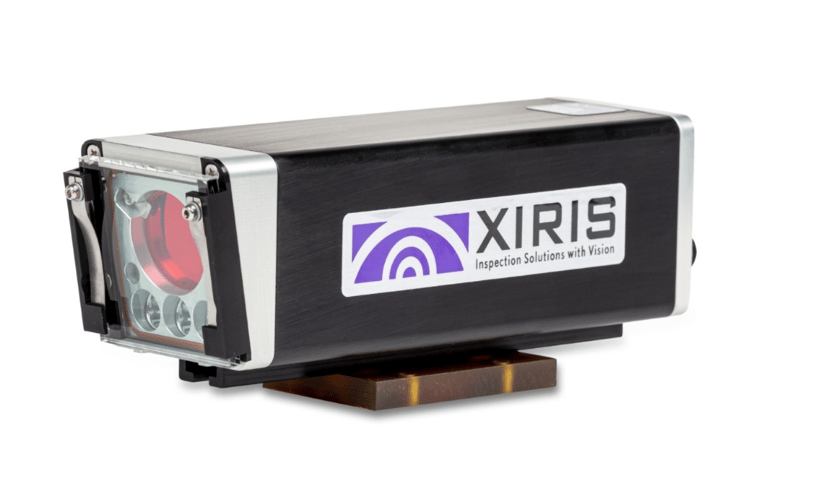For years, manufacturing industries that do fabrication have been working to automate those processes that require repetitive, and often, dangerous work. Fabricators who do pipe construction are always looking at ways to automate their fabrication. However, when it comes to automating their welding processes, fabricators are challenged because of the variations in their pipe length, pipe diameter, joint locations and other variables. Welding together lengths of pipe often involve the use of a welding tractor or orbital welding system that moves along a track placed beside the seam, carrying the weld torch assembly and wire feeder.
Many fabricators involved in pipeline construction have integrated weld cameras into their automated orbital or tractor welding systems to remotely monitor the weld process as it moves around the pipe. MIG processes in particular create extra challenges as compared to a TIG process - because the MIG power source delivers constant voltage, the current changes throughout the metal transfer cycle as the wire is melted: as the wire in the torch gets closer to the parent material, the current is increased in the power supply to maintain proper melting and arc length; when the wire in the torch is farther away, the current decreases, causing the melting of the wire to slow down, keeping the process stable by maintaining the same arc length. This means that the arc conditions are always changing from weld pass to weld pass, creating variability in the arc length and brightness.
Fig. 1: The Xiris XVC-1000e Weld Camera
To solve this challenge, fabricators can use a Xiris weld camera as shown above, to monitor their welding process which comes with three special features that allow for improved imaging of the MIG process:
1. Trigger SignalUsing the rising edge of the current waveform as generated by the welding power supply, a trigger signal can be generated that would match the metal transfer process and coincide with the desired brightness levels of the welding arc and sent to the camera to trigger image acquisition. For example, it is possible to generate a trigger signal at the rising current that occurs during the short circuit in a MIG process immediately prior to an expulsion. By generating the trigger signal in this way and sending it to the Xiris weld camera, images can be precisely acquired at exactly the right point of the metal transfer process to achieve the most consistent image quality.
2. Trigger Delay
Once a camera image acquisition is triggered by an input signal from the power supply, it may be necessary to further tweak the exact timing of the image acquisition to get the best possible image. This can be done with the Xiris weld cameras in the WeldStudio™ software that comes with the cameras. This can be a useful feature if the trigger signal does not arrive at the exact moment due to some inconsistencies in the power supply waveforms.
3. Exposure Time
A final feature of good imaging of a MIG process is the exposure time of the image acquisition. As the metal transfer process in MIG can be very fast, it is sometimes desirable to acquire consistent images of a very fast feature in that cycle such as the expulsion, or the point of open circuit. To do that, the exposure time can be shortened enough so that just the event of note is acquired, providing a crisper image with the minimum of blur.
Fig. 2: The Xiris XVC-1000 Weld Camera capturing a GMAW process in pipe welding using the three advanced triggering features.
To ensure the best possible imaging on MIG welding processes, the three triggering features (trigger signal, trigger delay, exposure time) used on the Xiris weld cameras have been proven effective in capturing better quality images of a MIG weld with minimal flickering. While weld cameras can help fabricators detect many issues in their welding processes, using the triggering features will provide operators better quality images to help them perform corrective action before significant problems occur. The net benefit to fabricators is improved health and safety for their operators while maximizing productivity.
If you have questions about the video or any of our products, please contact us.




.png)


